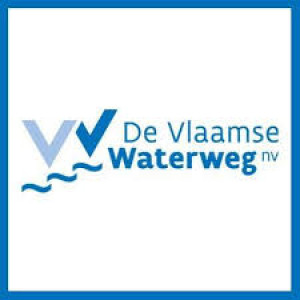 \
&
Contact us
\
&
Contact us
 \
&
Contact us
\
&
Contact us
This was 4 years ago
LocationThe Convention Centre
Dublin
Ireland
Following discussions between the Irish Centre for High-End Computing (ICHEC), EU Quantum Flagship and European Commission, the second European Quantum Technologies Conference (EQTC) which had been scheduled to take place in November 2020 is now postponed to 29th November – 3rd December 2021 at Dublin, Ireland.
Further details with updated information will be published at the event website www.eqtc.org. The organisers at Irish Centre for High-End Computing (ICHEC) can be reached at info@eqtc.org.
We offer news and event updates, covering all domains and topics of Horizon Europe, Digital Europe & EDF (and occasionally, for ongoing projects, Horizon 2020).
Stay informed about what matters to you.
By signing up, you can opt in for e-mail notifications and get access to
a personalised dashboard that groups all news updates and event announcements in your domain(s).
Only for stakeholders located in Flanders

Autoship is, as the name suggests, an acronym for autonomous ship. Just like with self-driving cars, the possibilities of an unmanned boat seem endless. It can create more efficient freight transport, around the clock deliveries and these are just a few of the examples. The project has two societal challenges.
At first, De Vlaamse Waterweg was a bit hesitant as their experience with FP7 or Horizon 2020 projects was limited and they had not been very successful up until then. The fact that they were already doing basic research on the topic of autonomous boats, and the administrative help of NCP FLanders helped De Vlaamse waterweg to cross the line and get involved.